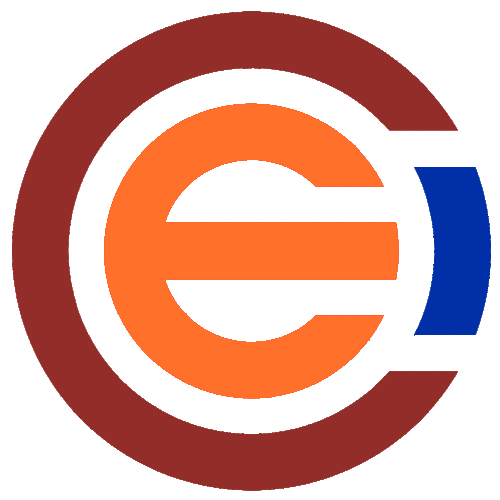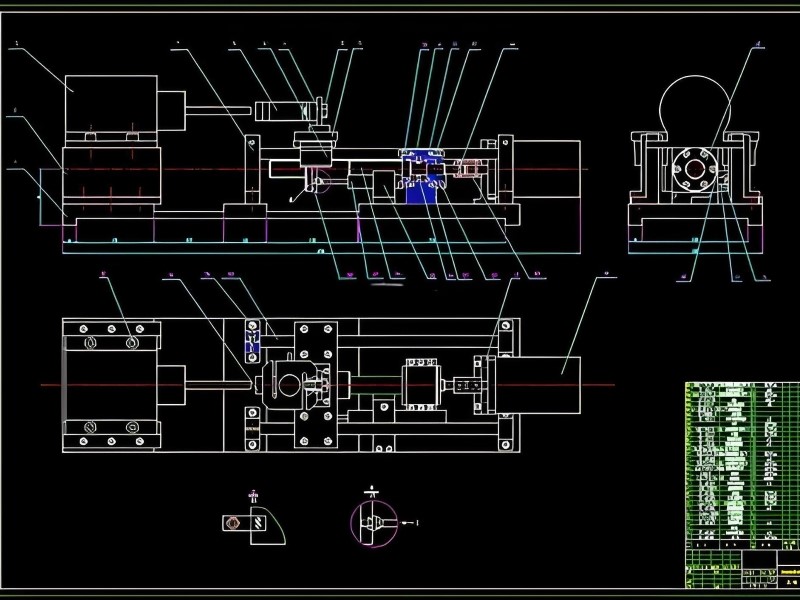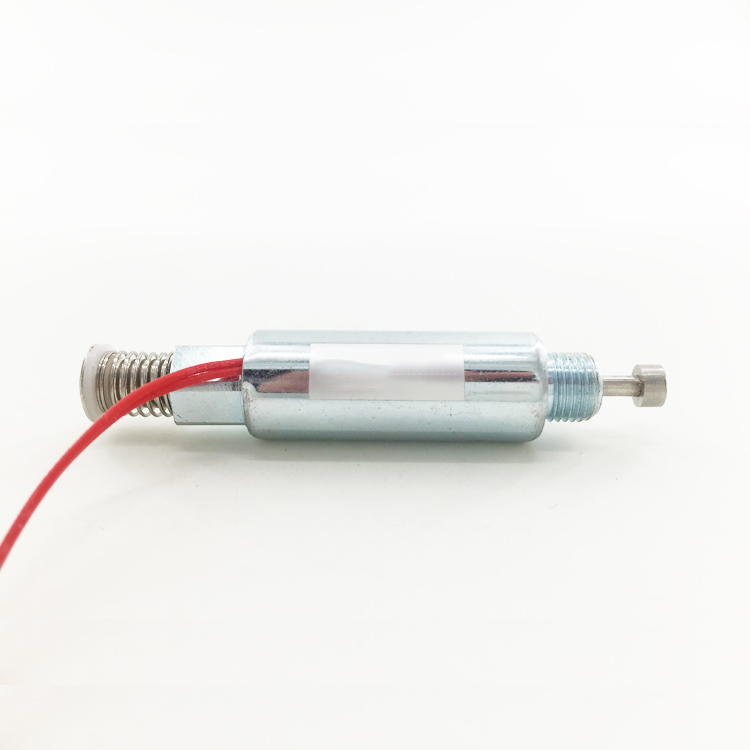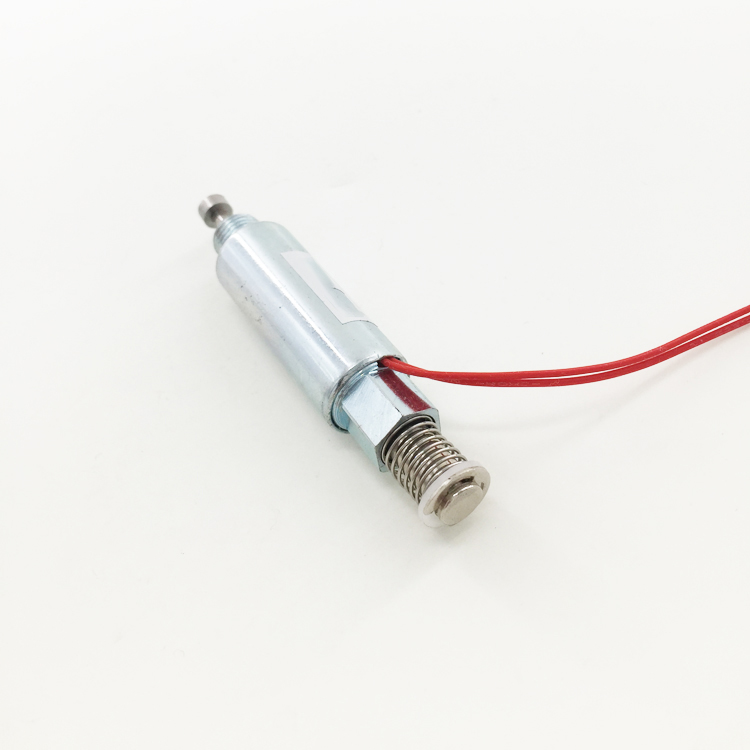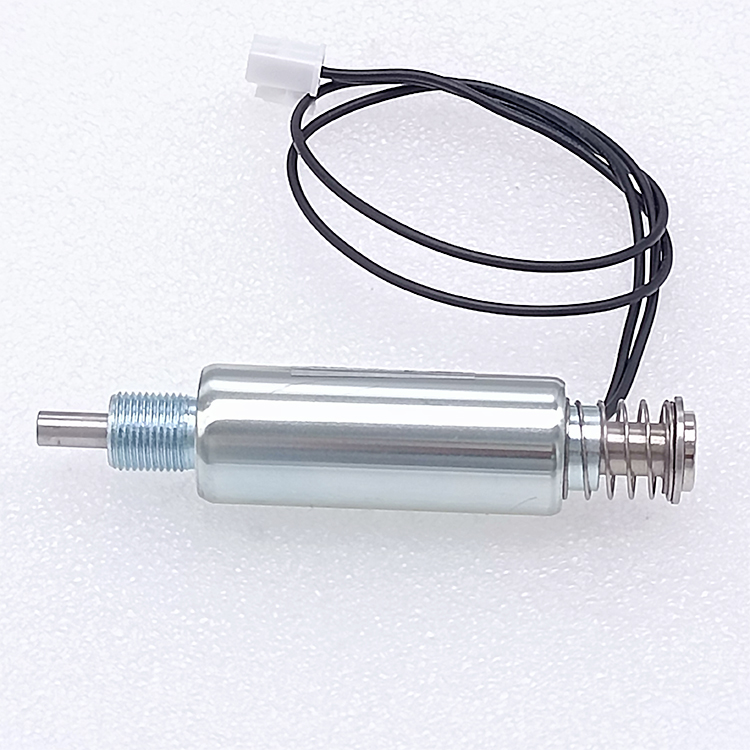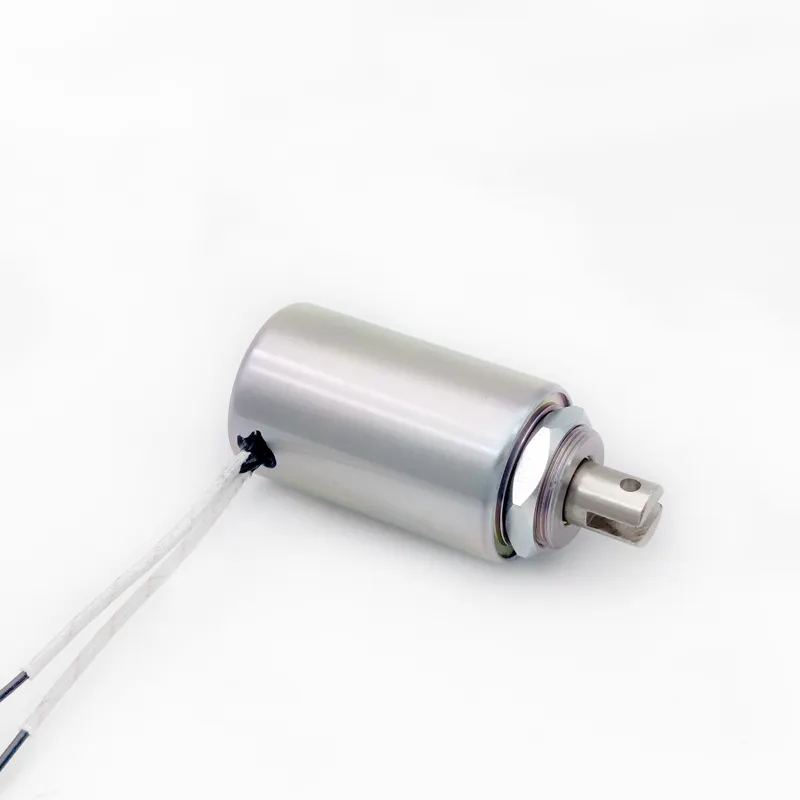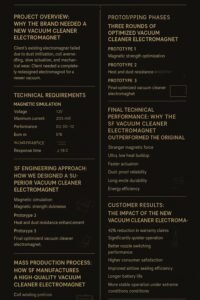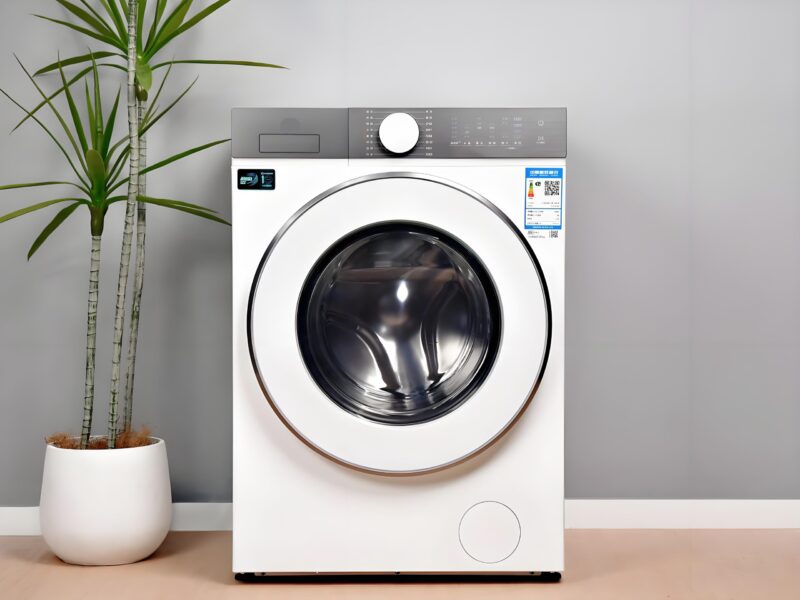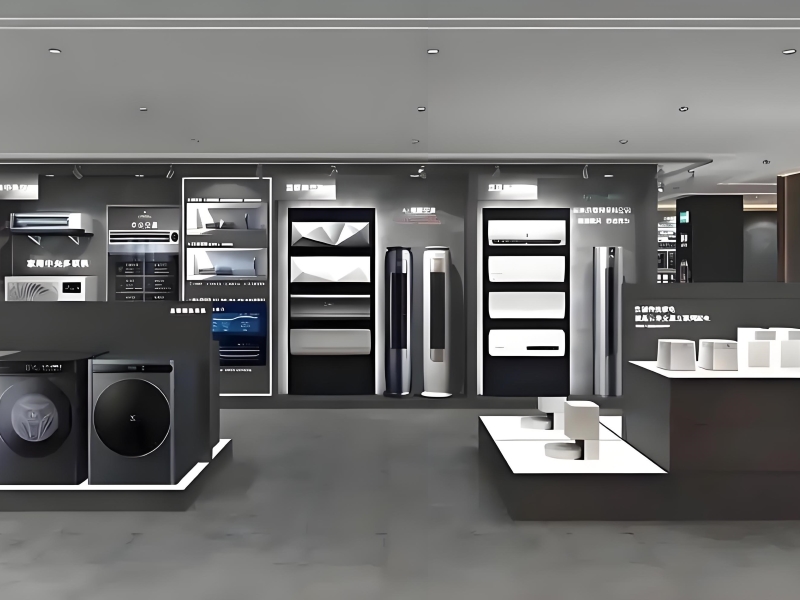Last Updated on 2025-09-04 by SolenoidFactory
Electromagnets are workhorses in industries such as manufacturing, healthcare, energy, and transportation. However, even the most robust systems can encounter operational hiccups. As a professional electromagnet manufacturer, we understand that rapid, accurate troubleshooting for electromagnets is key to minimizing downtime and avoiding costly replacements. This comprehensive guide equips users with actionable strategies to diagnose and resolve common electromagnet failures, supported by real-world case studies and expert insights.
1. Common Electromagnets Failures and Their Symptoms
1.1 No Activation (Electromagnet Fails to Engage)
Symptoms:
- No audible click or movement.
- Coil remains cold during operation.
Possible Causes: - Open circuit in the coil or wiring.
- Blown fuse or tripped circuit breaker.
- Faulty power supply.
Case Study 1:
A robotic assembly line’s gripper electromagnet stopped working, halting production. Diagnosis revealed a broken wire in the flexible cable harness due to repetitive bending.
Solution:
- Continuity Test: Use a multimeter to check for open circuits.
- Inspect Flexible Cables: Look for fraying or broken strands.
- Replace Harness: Installed a high-flexibility silicone-insulated cable.
Result: Production resumed within 4 hours, with no recurrence in 12 months.
1.2 Weak Holding Force
Symptoms:
- Dropped loads or slipping armatures.
- Increased operating temperature.
Possible Causes: - Air gap misalignment.
- Demagnetization of the core.
- Undervoltage or unstable current.
Case Study 2:
A magnetic lifter in a steel plant dropped sheets intermittently. Measurements showed a 0.5mm air gap deviation from the 0.2mm specification.
Solution:
- Laser Alignment: Adjusted the armature plate to ±0.05mm.
- Voltage Stabilization: Installed a 24V DC regulator with ±1% accuracy.
- Core Inspection: Replaced mildly demagnetized neodymium magnets.
Result: Holding force restored to 1,200N, matching original specs.
1.3 Overheating
Symptoms:
- Discolored or melted insulation.
- Burned odor or smoke.
Possible Causes: - Excessive duty cycle (e.g., 100% ON time).
- Blocked cooling vents.
- High ambient temperatures.
Case Study 3:
A food packaging machine’s electromagnet overheated after 2 hours, warping its plastic housing. Thermal imaging showed 110°C coil temperatures (rated max: 85°C).
Solution:
- Duty Cycle Adjustment: Reduced ON time from 100% to 60% using a PWM controller.
- Cooling Upgrade: Added aluminum heat sinks and a small fan.
- Material Change: Replaced plastic housing with temperature-resistant PEEK.
Result: Coil temperatures stabilized at 75°C, eliminating warping.
1.4 Intermittent Operation
Symptoms:
- Random activation/deactivation.
- Flickering status LEDs.
Possible Causes: - Loose wiring connections.
- EMI from nearby equipment.
- Failing control relays.
Case Study 4:
A hospital’s MRI-compatible robot arm exhibited erratic movements. Oscilloscope traces revealed EMI spikes from unshielded servo motors.
Solution:
- Shielded Cabling: Replaced standard wires with double-braided shielded cables.
- Ferrite Chokes: Installed on power lines near EMI sources.
- Grounding Check: Ensured <1Ω resistance between all components.
Result: EMI-induced failures dropped from 15/month to zero.
2. Step-by-Step Troubleshooting Process for Electromagnets
2.1 Preliminary Safety Checks
- De-Energize the System: Follow LOTO (Lockout/Tagout) protocols.
- Visual Inspection: Look for obvious damage, debris, or corrosion.
- Review Logs: Check maintenance records for recurring issues.
2.2 Electrical Diagnostics
- Power Supply Test:
- Measure input voltage (e.g., 24V DC ±10%).
- Verify current draw matches the coil’s rating.
- Continuity Test:
- Use a multimeter to check coil resistance (e.g., 10Ω ±5%).
- Insulation Test:
- Megohmmeter reading should exceed 100MΩ at 500V DC.
2.3 Mechanical Diagnostics
- Air Gap Measurement:
- Use feeler gauges or laser sensors (tolerance: ±0.1mm).
- Armature Inspection:
- Check for rust, pitting, or uneven wear.
- Lubrication Check:
- Ensure sliding surfaces have appropriate grease (e.g., high-temperature silicone).
2.4 Environmental Assessment
- Temperature: IR thermometer readings vs. rated limits.
- Humidity: Check for condensation or water ingress.
- Contaminants: Inspect for metal shavings, dust, or chemicals.
-
Rated 0 out of 5
-
Rated 0 out of 5
-
Rated 0 out of 5
-
Rated 0 out of 5
3. Advanced Troubleshooting Techniques of electromagnets
3.1 Using Oscilloscopes for Signal Analysis
- Current Ripple: Excessive ripple (>10% of rated current) indicates power supply issues.
- Actuation Delay: Measure time from signal input to full force engagement (should be <50ms for most industrial apps).
Case Study 5:
A CNC machine’s electromagnet showed a 200ms delay, causing misaligned cuts. Oscilloscope analysis pinpointed a failing MOSFET in the driver circuit.
Solution:
- Replaced MOSFET and added snubber circuits to reduce switching spikes.
- Result: Delay reduced to 20ms, aligning with machine tolerances.
3.2 Thermal Imaging for Hotspot Detection
- Identify overheating components (e.g., connectors, coils).
- Compare thermal profiles against baseline readings.
Case Study 6:
A wind turbine’s pitch control electromagnet had a “cold” coil but a hot terminal block. Thermal imaging revealed a loose connection generating 90°C hotspots.
Solution:
- Tightened terminals and applied antioxidant grease.
- Result: Temperatures normalized to 40°C, preventing insulation failure.
4. Industry-Specific Troubleshooting Case Studies
4.1 Automotive Manufacturing
Problem: A car door latch electromagnet failed to disengage, delaying assembly.
Diagnosis: Residual magnetism (0.4T) due to lack of degaussing.
Solution:
- Added a reverse-polarity pulse circuit to neutralize residual fields.
- Result: Cycle time improved by 15%, meeting JIT production targets.
4.2 Renewable Energy
Problem: A solar tracker’s electromagnet vibrated loudly in windy conditions.
Diagnosis: AC frequency (60Hz) matched the armature’s natural resonance.
Solution:
- Switched to a DC coil with PWM control at 1kHz.
- Result: Noise levels dropped from 85 dB to 65 dB, complying with local regulations.
4.3 Healthcare
Problem: An MRI machine’s quench protection electromagnet engaged falsely.
Diagnosis: EMI from nearby RF coils corrupted sensor signals.
Solution:
- Installed mu-metal shielding and fiber-optic sensors.
- Result: False triggers eliminated, ensuring patient safety.
5. Electromagnets Preventive Measures to Avoid Future Failures
5.1 Regular Maintenance Protocols
- Monthly: Clean armatures, test insulation, and verify air gaps.
- Quarterly: Lubricate moving parts and inspect cables for wear.
- Annually: Perform full system recalibration and thermal imaging.
5.2 Design Improvements
- Redundant Coils: Dual-winding designs for critical applications.
- Environmental Hardening: Epoxy encapsulation for humid or corrosive environments.
5.3 Training and Documentation
- Staff Workshops: Teach operators to recognize early warning signs (e.g., unusual noises, slower response).
- Digital Logs: Track failures and solutions in a CMMS (Computerized Maintenance Management System).
6. When to Seek Professional Help
While many issues can be resolved in-house, consult your electromagnet manufacturer for:
- Persistent Failures: Recurring problems despite troubleshooting.
- Custom Redesigns: Applications requiring higher force, speed, or durability.
- Safety-Critical Systems: Aerospace, medical, or nuclear applications.
Case Study 7:
A particle accelerator’s superconducting electromagnet quenched unexpectedly. Manufacturer analysis revealed a microscopic crack in the Nb₃Sn coil.
Solution:
- Replaced the coil and upgraded to real-time quench detection sensors.
- Result: Achieved stable operation at 12 Tesla without incidents.
Mastering Troubleshooting for Uninterrupted Operations
Effective troubleshooting for electromagnets combines systematic diagnostics, technical expertise, and proactive maintenance. By understanding common failure modes, leveraging advanced tools like oscilloscopes and thermal cameras, and learning from real-world case studies, users can transform downtime into opportunities for optimization.
As your trusted electromagnet partner, we offer customized troubleshooting guides and 24/7 technical support. Remember: Every resolved issue is a step toward greater reliability—and a testament to the power of precision engineering.
About SF electromagnets factory
Shengfeng Electromagnet Co., Ltd. was established in 2015 and is located in the Xiansha Industrial Park with beautiful scenery and convenient transportation. The company covers an area of 16000 square meters and has modern production plants, advanced production equipment and a high-quality technical team. Since its establishment, we have always adhered to the corporate philosophy of “innovation, quality, and service”, focusing on the research and development and production of electromagnets, constantly promoting product upgrades and technological progress, and providing customers with the best quality products and services.
Why choose SF electromagnet
HIGH END QUALITY:As the best solenoid electromagnet manufacturer in china, our QC team will ensure every single product you receive are best quality. We have professional quality testing machine.
PRODUCT DESIGN:Our sampling department has complete process of making drawings into reality. We also improve your product design based on our years of working experience.Tell us what you think.
STABLE DELIVERY TIME:As the best electromagnet manufacturer & supplier,we have sufficient manufacturing capacity, big orders won’t beat us, we can still deliver the order for you in time.
BEST PRICE:We are source factory of electromagnet and the best solenoid manufacturer in China, that’s why we can provide high quality bags with best price.
PRECISE MANAGEMENT:Nothing can be achieved if we don’t implement precise management. We are a company with complete management system.
7-24 SERVICE:As the best solenoid manufacturer, 24-7 immediate response: We’ll receive your feedback to make us a better supplier. Contact WhatsApp +86 18902611680
FAQs of electromagnet
We are a Chinese top electromagnet manufacturer and our factory is located in Dongguan. Welcome to visit our factory!
We pecialize in the design and production of high quality electromagnet,solenoid valve,such as rotary solenoid, bistable solenoids, latching solenoids, open frame solenoids, tubular solenoids, self-holding solenoid
•Of course, usually we will provide free samples, and you only need to cover the freight. For custom electromagnet samples, pls send your requirements to us for checking the sample cost.
• It takes about 7 days for sample production.
Yes, we provide free design services, structural design and simple graphic design.
Sure. We can do any electromagnet with your design. Now we open a ODM solenoid which is for small quantity from 100pc to 500pc,but you can still have your own logo.
Depending on the order quantity and production details, it will take about 15 to 20 days.
Always a pre-production sample before mass production; Always final Inspection before shipment
• Power,usage,size, material, quantity, shipping destination, etc.
• You can also just tell us your requirements and we will recommend products to you.
• By sea, by air or by express.
• If you have your own freight forwarder in China, it is the ex-factory or FOB price.
•CFR or CIF, etc., if you need us to ship on your behalf.
• DDP and DDU can also be used.
• More choices, we will consider your choices.
• The price is determined by the quantity, material, processing method, size and other factors. In addition, due to our continuous
technological innovation, the prices of some of our products are extremely competitive, please contact us to quote.
